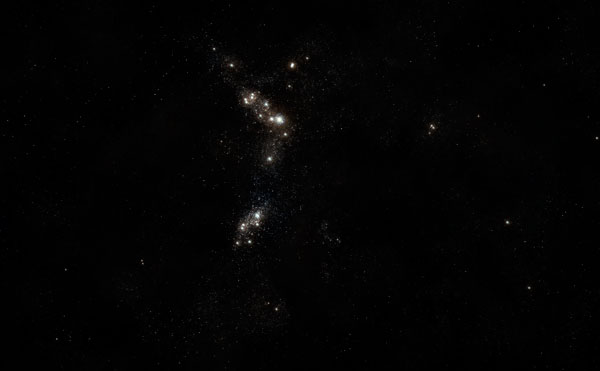

The region has the word VOID hidden/embedded as a security measure. This makes it possible to see a pattern that had been invisible. This is a region (included at the printing stage of the cheques) having textural properties like that of a pantograph, and is present near the lower left corner of all the cheques. a three-dimensional graphic foil embedded in. This means that if a grey region consists of a grid of very small dark dots the filtering will produce a lighter grey, while a region of larger dots will be affected differently ("big-dot-little-dot"). if the unique colored background is not present, the check is not authentic. In addition, human vision is sensitive to luminance contrast ratio. Features smaller than the resolution will also not be reproduced. It will also not be perfectly aligned with the directions of the document, causing aliasing. A scanner or photocopier will act as a low-pass filter on the original image, blurring edges slightly. pantic panties pantillano pantin pantograph pantographs pantoja pantomime. Void pantographs work by exploiting the limitations and features of copying equipment. build-out builds build-to-order buildup build-up build-ups built built-in. Void pantographs may be used for packaging, labels, documents, or the like. Some prominent examples of void pantographs are those that are used as backgrounds for checks, which, for example, display VOID or COPY on the reproduced image. Typically they spell out "void", "copy", "invalid" or some other indicator message. Void pantographs are used to create copy-evident backgrounds for a variety of security documents. Normally these are invisible to the eye, but become obvious when the document is photocopied. It is a handsome and functional tribute to the spirit of unsung craftsmanship.In security printing, void pantograph refers to a method of making copy-evident and tamper-resistant patterns in the background of a document. Though rich in history, Sweet Sans is made for contemporary use.
Create void pantograph photoshop full#
The fonts are available as basic, “Standard” character sets, and as “Pro” character sets offering a variety of typographic features and full support for Western and Central European languages. Referencing various masterplates-which typically offer the alphabet, figures, an ampersand, and little else-Mark van Bronkhorst has drawn a comprehensive toolkit of nine weights, each offering upper- and lowercase forms, small caps, true italics, arbitrary fractions, and various figure sets designed to harmonize with text, small caps, and all-caps.

But the lettering styles engravers popularized during the first half of the twentieth century-especially the engraver’s sans-are still quite familiar and appealing. This demanding technique is rare today given that most engravers now use a photographic process to make plates, where just about any font will do. We can customize your void pantograph with any hidden word in any language. In The Alchemy of Fresh on Pantograph Punch, Ema Tavola. The word 'VOID' appears when copied or scanned. colonial imaginary, Moana Cosmopolitan artists make art that is emancipatory in nature. This feature makes it extremely difficult for counterfeiters to reproduce checks or documents on color copiers or scanners. This pantograph will let you carve or engrave a picture into a medium such as glass, metal, or wood. Void pantograph is also known as 'hidden word' technology. The pantograph can change the copy size to larger or smaller, depending on how it is designed.
Create void pantograph photoshop professional#
The family is based on antique engraver’s lettering templates called “masterplates.” Professional stationers use a pantograph to manually transfer letters from these masterplates to a piece of copper or steel that is then etched to serve as a plate or die. A pantograph is a device that is used to copy pictures by tracing the original picture and the device draws a copy. While there are digital fonts based on this style (such as Burin Sans and Sackers Gothic, among others), few offer the range of styles and weights possible, with the versatility designers perhaps expect from digital type families.

Its open, simple forms offer legibility at very small sizes.

The engraver’s sans serif-strikingly similar to drafting alphabets of the early 1900s-has been one of the most widely used stationer’s lettering styles since about 1900.


 0 kommentar(er)
0 kommentar(er)
